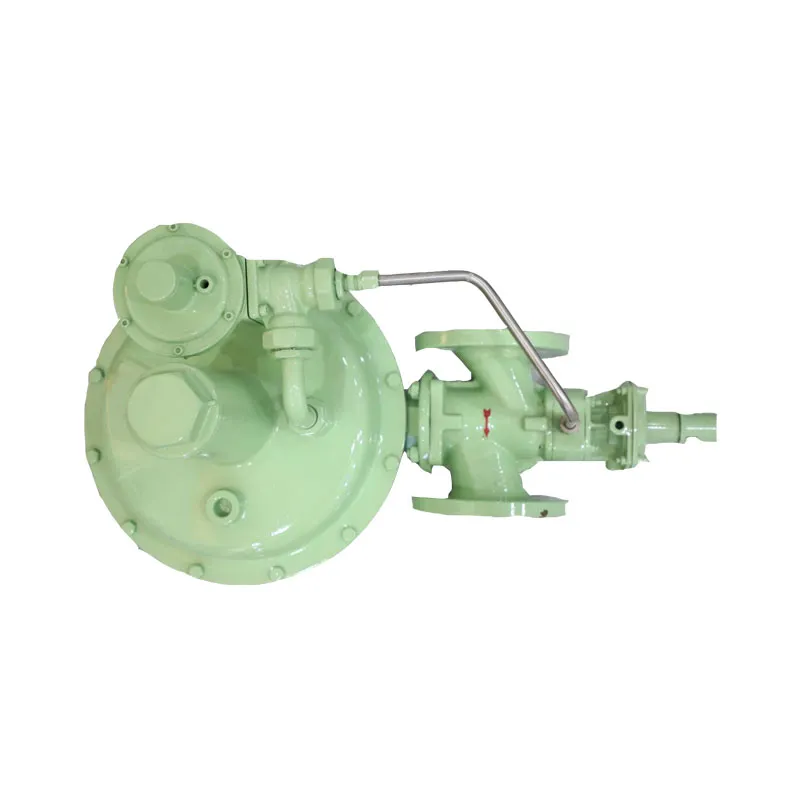
Nov . 20, 2024 08:49
Back to list
pressure regulating skid
Pressure Regulating Skid Ensuring Safe and Efficient Fluid Control
In various industrial applications, the need for precise pressure control is paramount. Whether in the oil and gas sector, water treatment facilities, or chemical processing plants, maintaining optimal pressure levels is crucial for operational efficiency and safety. This is where pressure regulating skids come into play, providing a reliable solution for managing fluid pressure effectively.
A pressure regulating skid is a system designed to control the pressure of liquids and gases as they flow through pipelines and machinery. These skids are pre-engineered modules that consist of various components including pressure regulators, valves, flow meters, and manifolds, all mounted on a skid frame. This modular design allows for easy installation and mobility, making it suitable for a range of environments.
One of the primary functions of a pressure regulating skid is to reduce high-pressure inputs to a desired lower output pressure. This is essential in many applications where equipment cannot tolerate high pressures, which could lead to failures or safety hazards. For example, in the oil and gas industry, a pressure regulating skid may be used to manage the pressure of natural gas before it is distributed to consumers. By ensuring that the gas arrives at a safe pressure, these skids help protect both infrastructure and users from potential dangers associated with pressure fluctuations.
In addition to safety, pressure regulating skids contribute to operational efficiency. By maintaining consistent pressure levels, these systems can help optimize the performance of pumps and compressors, leading to reduced wear and tear over time. This not only prolongs the life of equipment but also minimizes energy consumption, aligning with the industry’s push towards sustainability. Proper pressure regulation can result in significant cost savings and improved productivity, making these skids an essential investment for any operation.
pressure regulating skid

Another advantage of pressure regulating skids is their adaptability to various fluids and gases. Depending on the specific requirements of an application, skids can be designed to handle a wide range of materials, including corrosive chemicals, water, and various hydrocarbon gases. This versatility makes them an ideal solution for diverse industries.
When designing a pressure regulating skid, several factors must be considered. First and foremost is the selection of the right pressure regulator, which needs to be compatible with the fluid type and the intended pressure range. Additionally, the skid must be engineered to withstand the operating conditions of the site, such as temperature extremes and environmental factors.
Maintenance is another significant aspect of managing a pressure regulating skid. Regular inspections and servicing are essential to ensure that all components are functioning optimally. A proactive maintenance program can identify potential issues before they lead to system failures, further enhancing safety and reliability.
In conclusion, pressure regulating skids are integral to modern industrial operations, providing safe and efficient pressure control for various applications. Their modular design, adaptability to different fluids, and potential for cost savings make them a valuable asset in any facility. As industries continue to prioritize safety and efficiency, the role of pressure regulating skids will only become more critical in ensuring smooth and secure operations.
Latest news
-
Safety Valve Spring-Loaded Design Overpressure ProtectionNewsJul.25,2025
-
Precision Voltage Regulator AC5 Accuracy Grade PerformanceNewsJul.25,2025
-
Natural Gas Pressure Regulating Skid Industrial Pipeline ApplicationsNewsJul.25,2025
-
Natural Gas Filter Stainless Steel Mesh Element DesignNewsJul.25,2025
-
Gas Pressure Regulator Valve Direct-Acting Spring-Loaded DesignNewsJul.25,2025
-
Decompression Equipment Multi-Stage Heat Exchange System DesignNewsJul.25,2025

